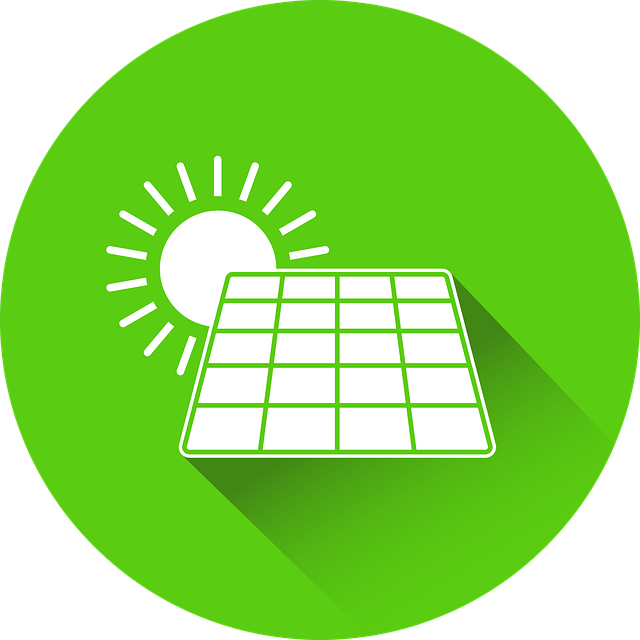
If you’re planning to upgrade your home or business with solar panels, you might be wondering where to install the solar inverter. All solar panels require an inverter. An inverter is an electrical device that converts the direct current (DC) electricity produced by solar panels into alternating current (AC) electricity. Homes and buildings run on AC electricity. Without an inverter, solar panels will still generate electricity — but they’ll generate DC electricity that’s not usable in homes or buildings.
String Inverters
There are different types of inverters, one of the most common being string. Also known as central inverters, string inverters connect to multiple solar panels. Whether you have a single solar panel or 10 solar panels, you may want to use a string inverter. The string inverter will take all of the DC electricity generated by the solar panels and convert it into AC electricity.
String inverters are typically installed indoors or outdoors. If you’re going to install a string inverter outdoors, though, you should try to choose a shaded area. Like other types of electrical equipment, they will generate heat. Installing the string inverter in a shaded area will help to control its temperature so that it doesn’t overheat during use.
You may also want to choose a location that’s sheltered or covered. Installing a string inverter directly on the roof will leave it exposed to the elements. Rain, sleet and snow will accumulate on the string inverter. You can’t control the weather, but you can keep the solar inverter dry by installing it in a sheltered or covered area.
Microinverters
In addition to string inverters, there are microinverters. Microinverters perform the same DC-to-AC conversion process as their string counterparts. The difference is that microinverters are exclusive to a single solar panel each, whereas string inverters can be used with multiple solar panels.
Microinverters must be installed outdoors. You’ll typically find them either directly on or near the solar panels with which they are used. Each microinverter can only support a single solar panel. Therefore, they are found on or near the solar panels with which they are used.
In Conclusion
When choosing a place to install a solar inverter, you’ll need to consider the type. There are two primary types of solar inverters: string and micro. String inverters can typically be installed indoors or outdoors, whereas microinverters can only be installed outdoors. Regardless, you can refer to the owner’s manual for instructions from the manufacturer on where to install solar inverters.

